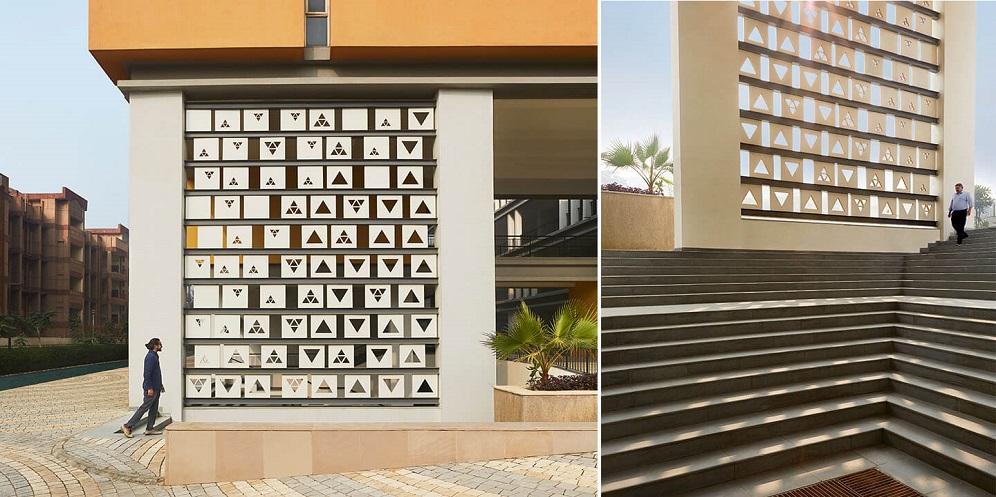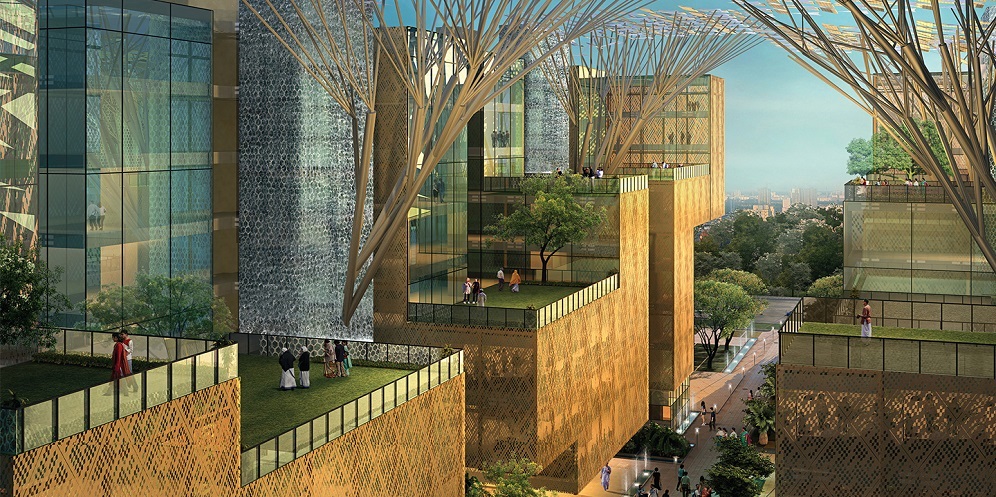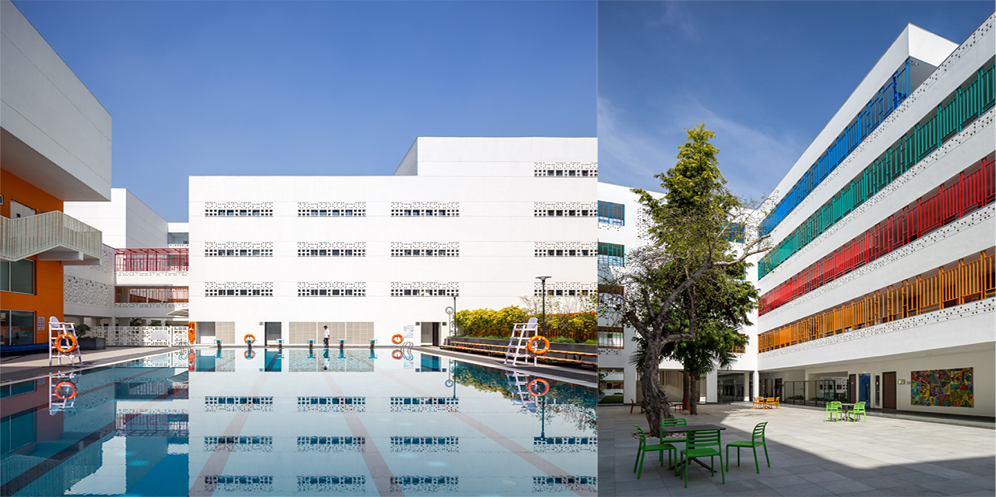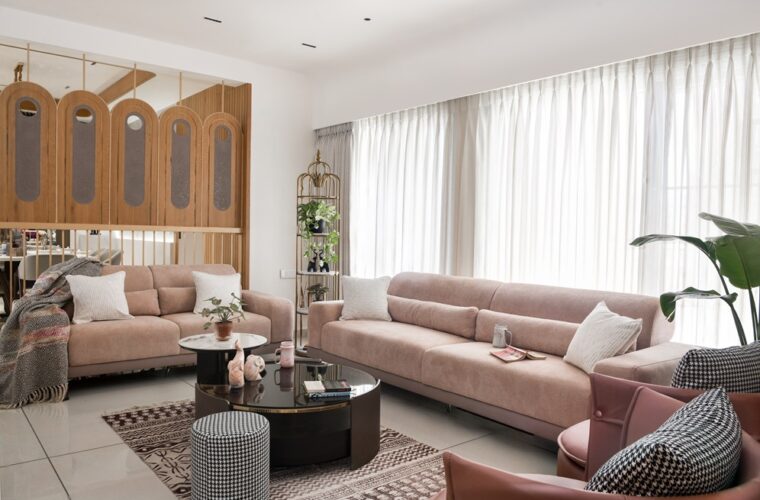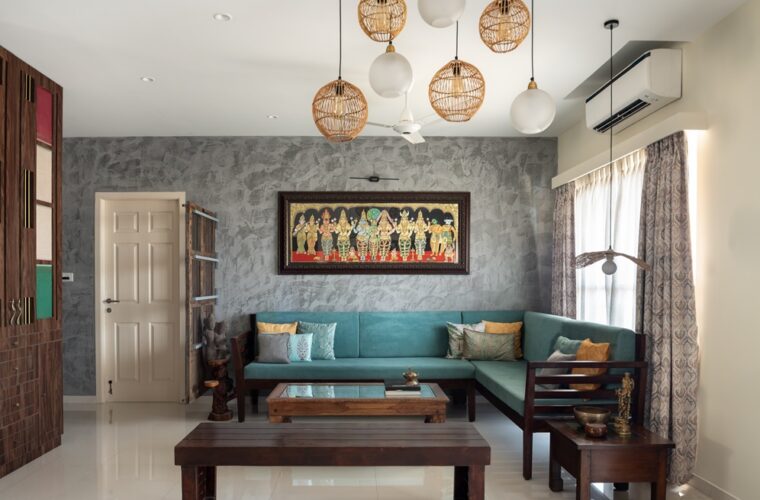The Architecture of Sustainability
By Manit Rastogi, Founding Partner, Morphogenesis, New Delhi
Buildings contribute to 40 percent of all carbon emissions in the world. To outpace global warming, we need to step up to sensible, green design faster than we think. Green principles need to be embraced by everyone today; from the highest levels of government, policymakers and education to the grassroots levels of the common man. Given that our cities occupy a mere 2 percent of the surface in the world, yet humans consume a net 75 percent of the earth’s resources as per the United Nations report on World Population Prospects. There is an inherent need to begin to explore the possibilities of a closed-loop typology of architecture. Assuming there is no energy, no water, and no waste disposal, how does one approach design?
There have always been two schools of thought on how to design green buildings. Some believe that buildings should be designed like an aircraft – highly engineered and hermetically sealed, to achieve a high degree of efficiency. The alternate view is that climatic specifications and socio-cultural contexts are imperative to take into consideration before designing a building. I believe that architecture and urban planning play key roles in increasing the interaction between the users and their surroundings. While project briefs are getting increasingly ‘global’, their response needs to be deeply rooted in the ‘local’.
In India, to a large extent, we have always built and designed with limited resources and materials. With a local, socio-cultural response to design, the results have been more often than not, passive solutions which further help to reduce energy dependence. In a land strapped for water and electricity, the goal when building green is to use energy, local and natural resources wisely. Optimization of all services is a pre-requisite to responsible architecture today. Unlike other nations, local resources and methods of construction are still easily available to us. Hence, the most effective approach is to build with local materials in a manner that responds to the climatic needs of the region while remaining economically viable. This sensitivity to the local conditions will not only generate a robust and durable form but will also make a project socio-culturally sustainable.
The idea of sustainability should now move on from buildings to our cities as well. Our cities are in a state of environmental emergency today; with an assortment of problems of population, traffic, and pollution, no water/electricity, sewage, governance and global warming. Most cities have derelict land which is lying underutilized and unused in the form of drains, the leftover land, the alleyways, greens, etc. The problem with cities which are not entirely organic is that such layers get suppressed by policy, policing (represented by boundaries and walls) and result in Non-Engagement. Hence, these interstitial spaces present to be the only opportunity to expose layers that will result in human engagement and urban rejuvenation of withering cities. To be truly sustainable, we need to look at solutions apart from simply reducing emissions. Sewage Treatment Plants need to be fixed, Water bodies need to be aerated, pedestrian accessibility needs to be improved through connections, and alleyways need to be restored etc.
A new sustainable urban blueprint needs to be derived from the opportunity that lies within. The approach has to be multi-pronged and bottom-up to gradually bring about positive change in the city.
There remains a great need to mobilize organizational systems, finance, industry, and architectural imagination to aspire to this end.





